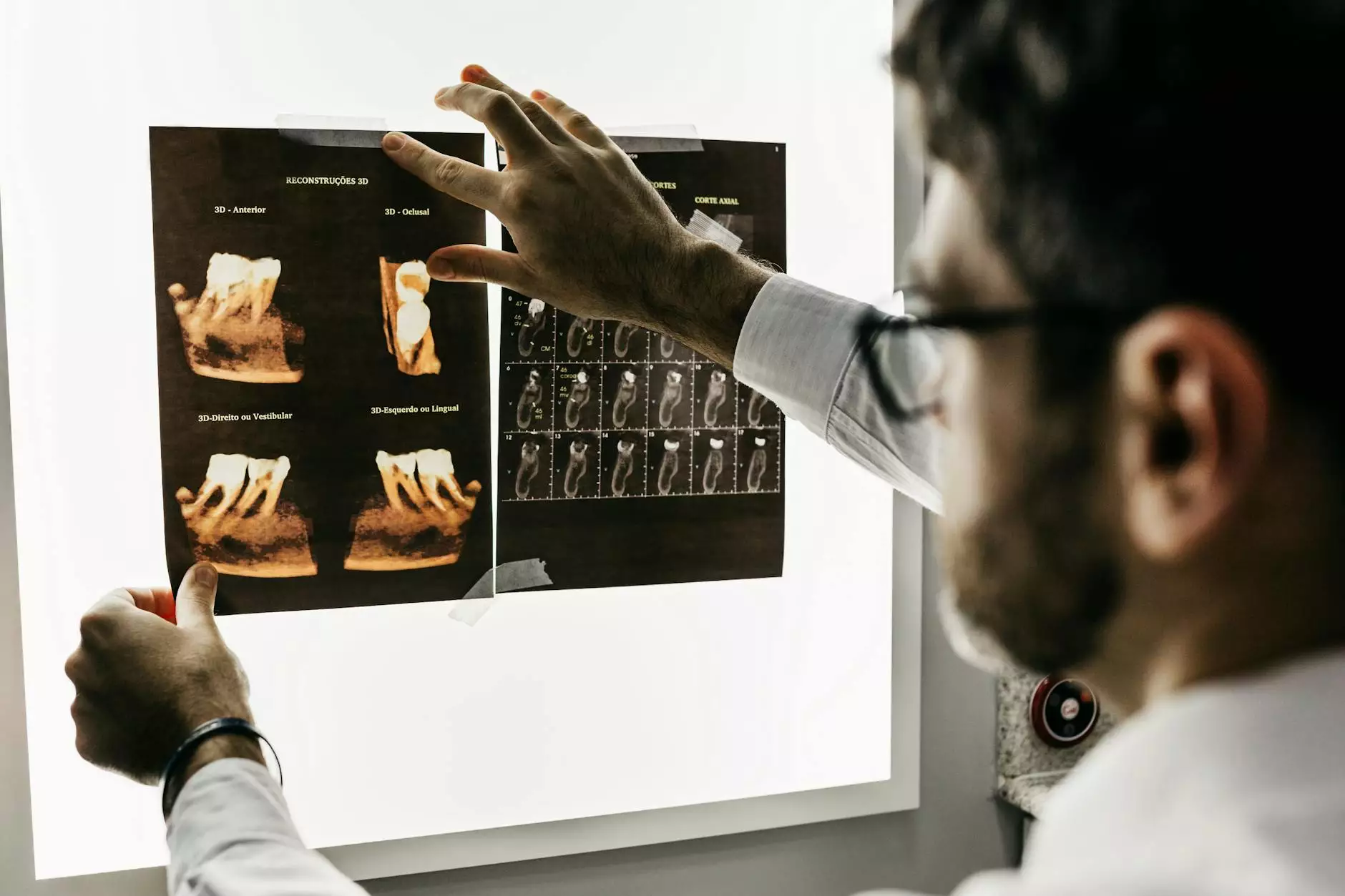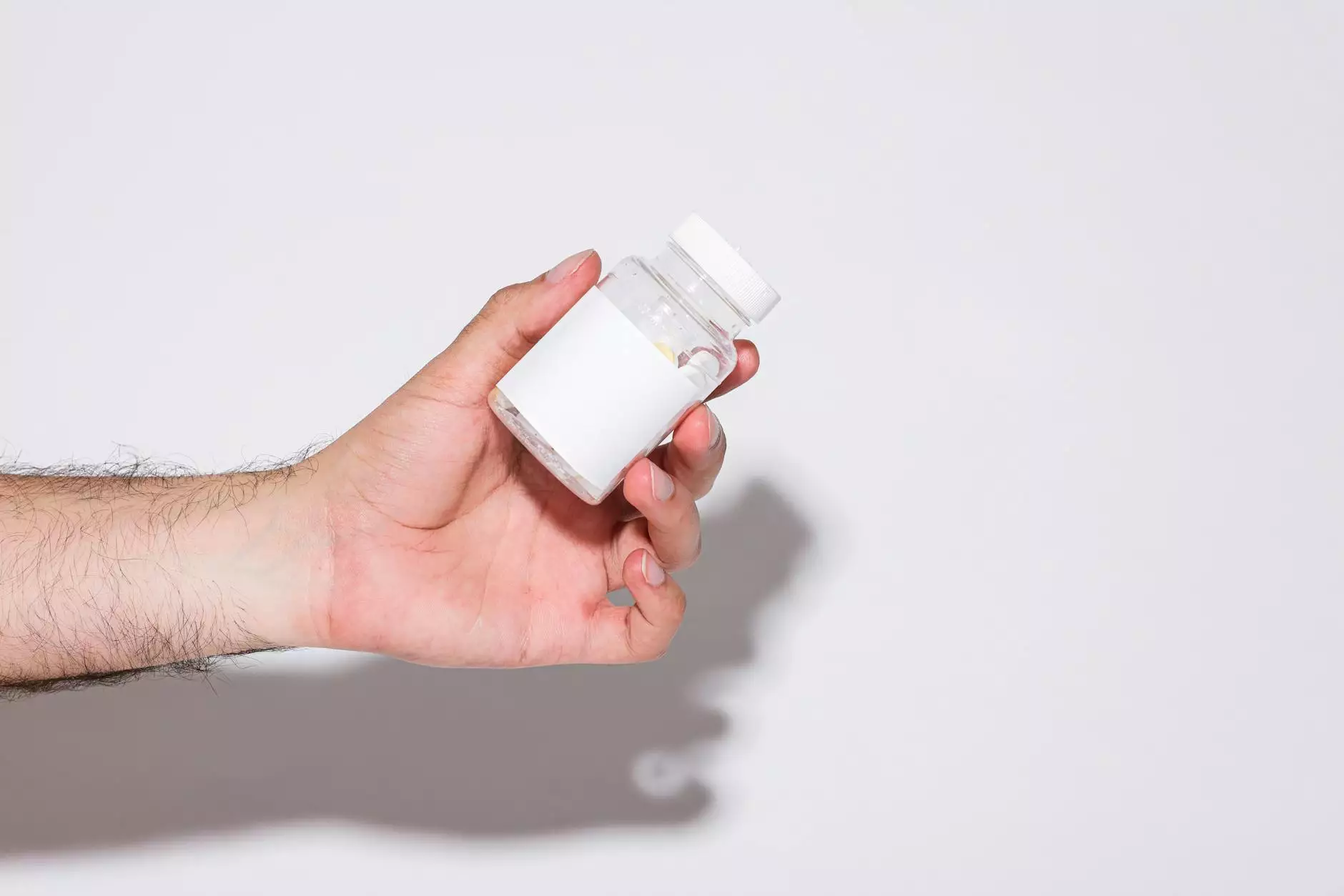Understanding Tendinosis vs Tendinopathy: A Comprehensive Guide for Healthcare and Education Professionals

In the realm of musculoskeletal health and medical sciences, understanding the distinctions between various tendon injuries is crucial for accurate diagnosis, effective treatment, and optimal patient outcomes. Among the most commonly misunderstood conditions are tendinosis and tendinopathy. These terms are often used interchangeably in casual conversations, but they refer to different pathological processes that require distinct approaches in management.
Introduction to Tendon Disorders
The human body’s tendons serve as vital connectors between muscles and bones, transmitting force to facilitate movement. When tendons become inflamed, degenerated, or painfully dysfunctional, it can significantly impair daily activities and athletic performance. Strategically navigating the complex landscape of tendon injuries involves understanding key terminologies, underlying mechanisms, and treatment modalities.
Defining Tendinosis and Tendinopathy
What is Tendinosis?
Tendinosis refers to a chronic, degenerative condition of the tendons characterized by the breakdown of collagen fibers, increased density of abnormal fibroblasts, and the presence of degenerative changes without significant inflammation. This condition usually develops over time due to repetitive strain or microtrauma leading to tissue degeneration rather than acute inflammation.
What is Tendinopathy?
Tendinopathy is a broader term that encompasses various pathological changes within tendons, typically involving pain, swelling, and impaired function. It can refer to both inflammatory conditions (tendinitis) and degenerative conditions (tendinosis). Most modern medical terminology favors tendinopathy as it better describes the spectrum of tendon disorders, especially since many cases involve degenerative changes rather than true inflammation.
Key Differences Between Tendinosis and Tendinopathy
FeatureTendinosisTendinopathyEtiologyChronic degenerative process due to repetitive microtraumaIncludes both degenerative and inflammatory processesInflammationTypically absent; involves degeneration rather than inflammationCan involve inflammation (tendinitis) or degenerationPathologyDisorganized collagen fibers, increased fibroblasts, avascular regionsVariable; may include inflammation, swelling, and degenerationSymptomsPersistent deep pain during or after activity, stiffnessPain, swelling, warmth, tenderness, often with activityTreatment responseRequires regenerative and deconditioning strategiesDepends on whether inflammatory or degenerative; may need anti-inflammatory or regenerative approachesPathophysiology of Tendinosis vs Tendinopathy
Tendinosis manifests at the cellular level with disorganized collagen, increased fibroblast activity, and little to no signs of acute inflammation. It results from chronic microtrauma exceeding the tissue’s capacity to repair, leading to a failure in effective healing mechanisms. This process causes the tendon's structure to weaken and become more susceptible to rupture.
Conversely, tendinopathy is a term that encompasses both the degenerative changes seen in tendinosis and inflammatory responses termed tendinitis. When inflammation is present, immune cells infiltrate the tendon tissue, causing swelling, warmth, and pain. Over time, if chronic, inflammatory tendinitis can transition into degenerative tendinosis, characterized by disorganized collagen and tissue degeneration.
Diagnosis and Clinical Features
Recognizing Tendinosis
Patients with tendinosis often report chronic, dull, and aching pain localized over the affected tendon, typically aggravated by activities involving stretching or load-bearing. Unlike tendinitis, redness and swelling are less apparent. Diagnosis relies heavily on imaging, especially ultrasound and MRI, which reveal degenerative changes such as hypoechoic regions and collagen disorganization.
Recognizing Tendinopathy
Symptoms of tendinopathy include pain, swelling, and sometimes warmth around the affected area, often noticed during activity and improving with rest. Tendinopathy is diagnosed via clinical examination and supported by imaging modalities revealing thickening and degenerative or inflammatory features.
Common Tendon Conditions in Different Populations
- Athletes: Achilles tendinopathy, rotator cuff tendinopathy, tennis elbow (lateral epicondylitis).
- Office workers: De Quervain’s tenosynovitis, fingertip tendinopathies, lateral epicondylitis.
- Older adults: Calcific tendinitis, chronic tendinosis.
Treatment Strategies for Tendinosis and Tendinopathy
Conservative Approaches
- Rest and activity modification: Reducing stress on the tendon to prevent further damage.
- Physiotherapy: Incorporating eccentric exercises, stretching, and strengthening to promote tissue remodeling.
- NSAIDs and medications: Used carefully, especially when inflammation is present.
- Ultrasound therapy and shockwave treatment: Non-invasive modalities promoting healing.
Regenerative and Advanced Treatments
- Platelet-rich plasma (PRP) injections: Stimulate healing in degenerated tendons.
- Stem cell therapy: Emerging treatment to regenerate damaged tissue.
- Surgical intervention: Reserved for severe cases unresponsive to conservative therapy, involving debridement or repair of damaged tendon tissue.
Preventative Measures and Working in Health & Medical Education
In health education and medical training, emphasizing early identification and intervention of tendon disorders is essential. Preventative strategies include promoting ergonomic workplace setups, educating about proper biomechanics during activity, and encouraging regular stretching and strengthening routines. For practicing clinicians, remaining updated on evolving regenerative treatments is vital, as emerging evidence supports minimally invasive procedures that facilitate tissue recovery.
The Role of Chiropractors in Managing Tendinopathies
Chiropractors play a significant role in the conservative management of tendinopathy, utilizing manual therapy techniques, targeted exercises, and patient education to alleviate pain and improve function. Integrating chiropractic care with physical therapy and medical treatment ensures a comprehensive approach to restoring tendon health.
Implications for Education and Future Directions
In the context of health education and medical training, understanding tendinosis vs tendinopathy is fundamental for developing effective treatment protocols. As research advances, there is a growing focus on biologic therapies and regenerative medicine, which promise to revolutionize management strategies. Educating future healthcare providers about these nuances fosters a multidisciplinary approach that optimizes recovery outcomes.
Conclusion: Why Distinguishing Between Tendinosis and Tendinopathy Matters
The distinction between tendinosis and tendinopathy is not merely academic—it influences the choice of treatment, prognosis, and ultimately, patient satisfaction. Recognizing whether a tendon injury is degenerative or inflammatory guides clinicians to appropriate interventions, whether conservative, regenerative, or surgical.
By fostering a comprehensive understanding of these conditions within the health, medical, and educational spheres, we can improve diagnostic accuracy, expedite effective treatments, and enhance patient outcomes. Staying informed and adopting evidence-based practices is essential for healthcare professionals committed to advancing musculoskeletal health.
In Summary
- Tendinosis: Chronic, degenerative tendon condition lacking significant inflammation.
- Tendinopathy: A spectrum involving inflammation and degeneration, distinguished by pain, swelling, and impaired function.
- Effective management depends on accurate diagnosis, understanding the underlying pathology, and tailored treatment approaches.
- Continuously evolving regenerative therapies hold promise for reversing degenerative changes and promoting healthy tissue healing.
- Incorporating these insights into health education and clinical practice fosters improved patient care and advances in musculoskeletal medicine.









